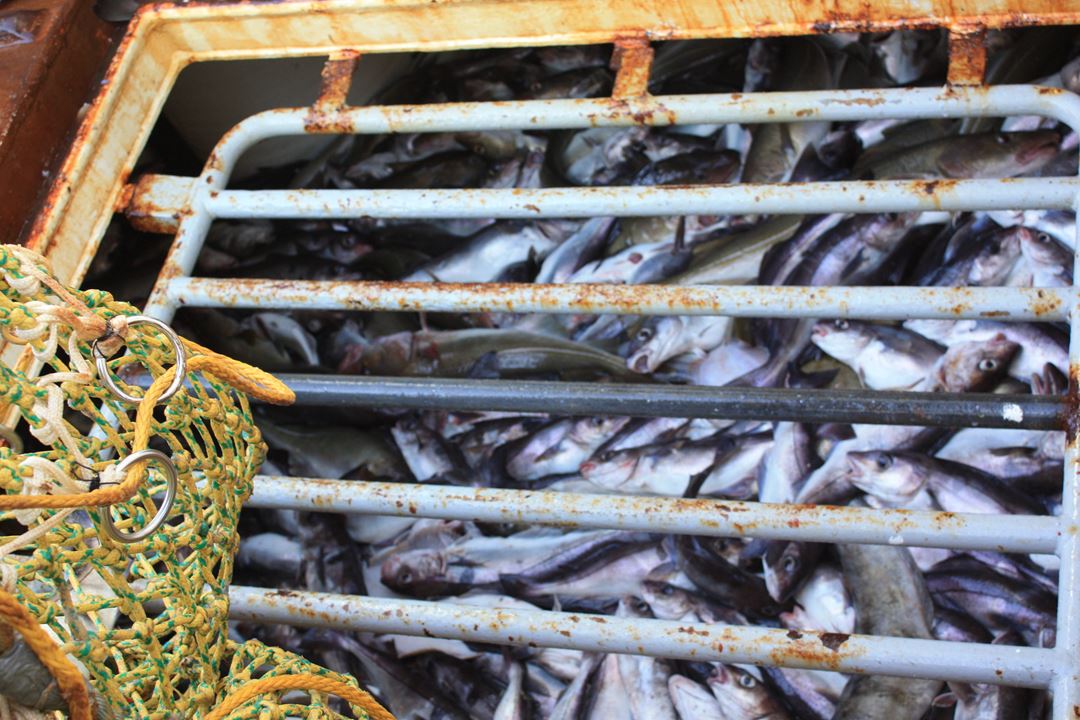Today the fleet is required to report the amount of bait in catch on a subjective scale (1-4) which do not provide an accurate picture of the danger of belly bursting. Following the fishermen's desire to find an objective method for predicting belly bursting, SINTEF Fisheries and Aquaculture has been working in a number of years with bait-and-belly bursting issues in pelagic catches.
As a result of several projects and a doctoral thesis, we have identified the enzymatic activities that leak from the fish's digestive system, causing the bursting. Furthermore, we tested two promising types of analysis which would identify the presence of proteolytic activity:
- Petri Dishes with gelatine: The activities have been found in ventral muscle appears to break down the gelatin. If an extract of the abdomen visibly breaks down the gelatin, it means that one has strong proteases present, indicating leakage of digestive enzymes since the muscle itself does not contain such strong protein-degrading enzymes.
- ATP luminometer: Measure amount of ATP in a sample using luciferase, which produces a photon (a light unit) per ATP molecule. If proteases are present in the sample, these could break down and therefore inhibit luciferase lighting productions.
SINTEF received so satisfying results using the ATP luminometer method that we decided to concentrate only on this technique. The equipment is commercially available (used for hygienic purposes in industry) and requires only a few modifications, it takes up little space, is easy to use (it is designed to be used by cleaning staff) and it requires very little training. Results are objective, the measurement takes about 10 seconds per sample and data can be automatically detected and logged to a PC, making it possible that the results are stored together with the traceability data. The only thing you have to do to be able to measure protease activity is to create an extract of the fish, and SINTEF has developed a simple method to accomplish this.

